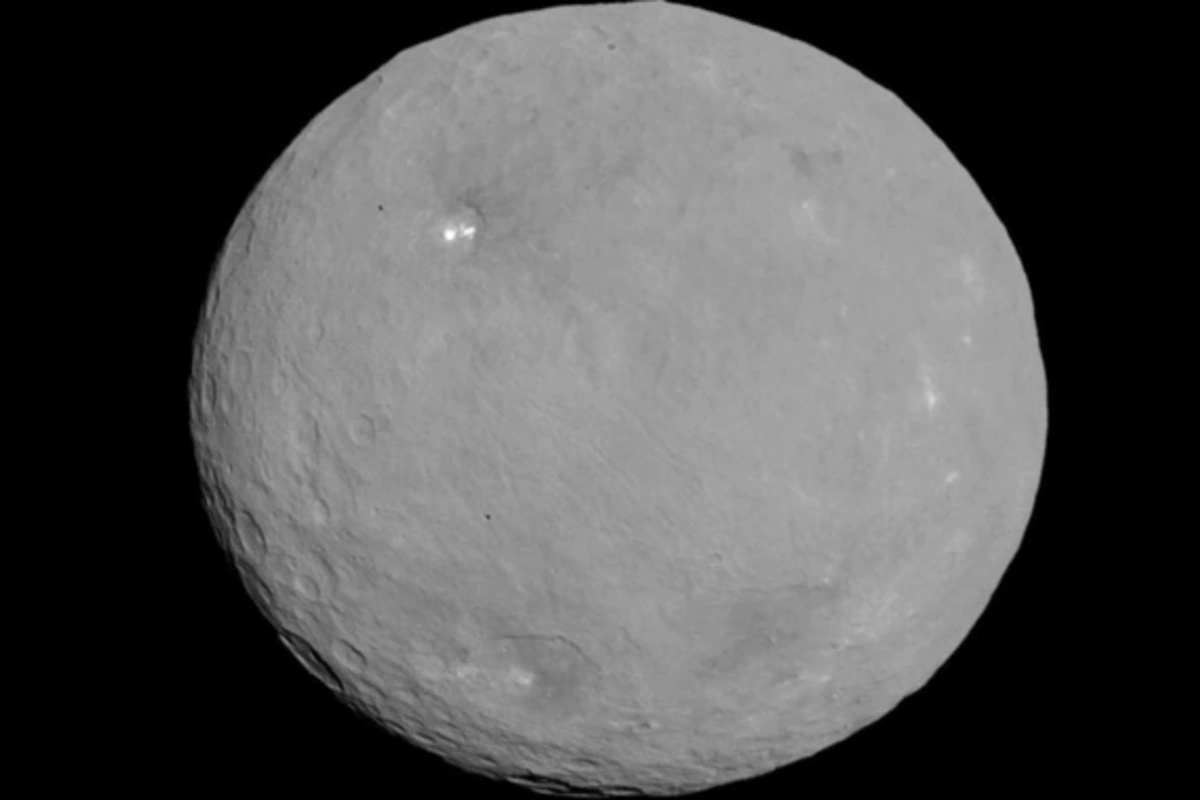21 Aug , 17:52
0

Sensational discovery: Ceres could have been the cradle of life in the asteroid belt
The dwarf planet Ceres, majestically towering among asteroids between Mars and Jupiter, has hidden an amazing secret for billions of years. An international team of researchers has established that within this cosmic body existed a long-term source of chemical energy, potentially capable of supporting microbial life. The results of this fascinating study were published in the prestigious scientific journal Science Advances.
"On Earth, hot water from the depths, mixing with the ocean, becomes a real feast for microbes. Therefore, it's important to understand if something similar existed on Ceres," shared the lead author of the study, Sam Courville from the University of Arizona.
The Dawn space mission, which completed its work in 2018, previously discovered salt, organic molecules, and traces of a subsurface saline ocean on Ceres' surface. Now scientists have supplemented this picture with a third key element - chemical energy that arose from the interaction of water with gases from the heated rocks of the planet's core.
Researchers created a computer model of Ceres' thermal and chemical evolution, which showed that in the period from 2.5 to 4 billion years ago, the interior of the dwarf planet actively released heat from the decay of radioactive elements. This process heated the water and saturated it with methane and carbon dioxide - substances that could serve as energy "fuel" for microbial life forms.
Currently, Ceres has already lost its internal heat sources, its water reserves have almost completely frozen, and the remaining liquid has turned into concentrated brine. However, in the distant past, the dwarf planet experienced a kind of "habitability window," when conditions could theoretically have allowed primitive life to emerge.
The study authors emphasize: the results obtained are significant not only for Ceres. Similar scenarios could have unfolded on other icy bodies of the Solar System of comparable size, where there is no gravitational influence of giant planets creating heat, as happens on Jupiter's moon Europa or Saturn's moon Enceladus.